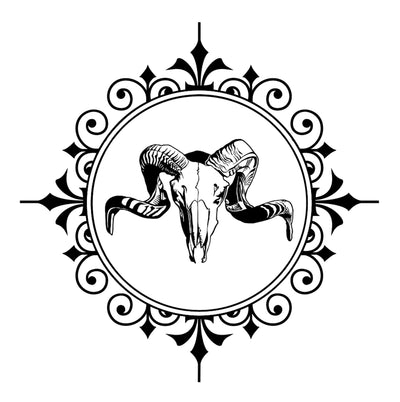Creeping Thyme
Creeping Thyme
Botanical name: Thymus serpyllum
Bloom type: Perennial
Creeping Thyme, scientifically known as Thymus serpyllum, is a low-growing perennial herb in the mint family (Lamiaceae). Native to Europe and North Africa, it is valued for its dense mat-forming growth, aromatic leaves, and tiny flowers. Creeping thyme is often used as a ground cover, in rock gardens, and between stepping stones.
Appearance:
- Leaves: The leaves are small, elliptical, and green to gray-green.They are aromatic, releasing a pleasant thyme scent when crushed.
- Flowers: Creeping thyme produces small, tubular flowers that are typically pink, purple, or white. The flowers bloom in dense clusters from late spring to early summer.
- Size: This plant typically grows to a height of 1-3 inches (2.5-7.5 cm) and can spread up to 12-18 inches (30-45 cm) wide, forming a dense, ground-hugging mat.
Follow
Curate Essentials
1302 Fort Bragg Road, Fayetteville, NC 28305
910-920-4531
leslie@curateessentials.com
@curateessentials
© 2024 Curate Essentials.

